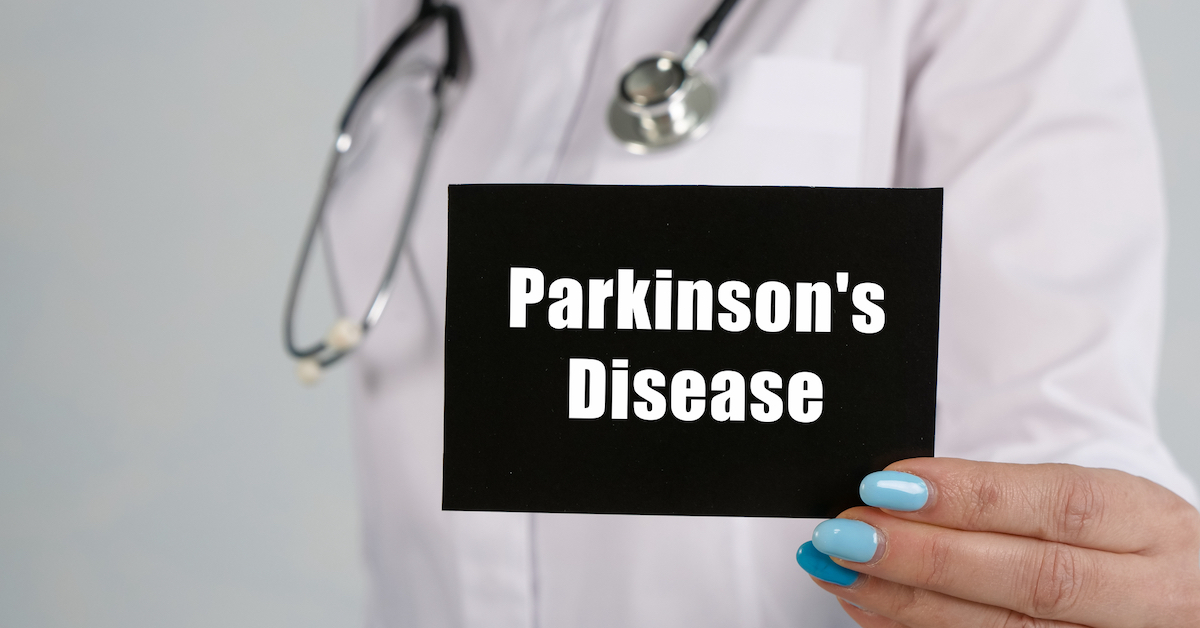Experts thought they had a good handle on how many Americans suffer from Parkinson’s disease. And then researchers took a closer look at the number of cases of this neurodegenerative condition.
The new numbers they found were staggering… a whopping 50 percent higher annual incidence of Parkinson’s disease among older adults than currently believed. Instead of 60,000 people being diagnosed with Parkinson’s each year, the actual number is more like 90,000.
But there’s good news… you can lower your risk. Here’s how…
Parkinson’s disease attacks the neurons in the brain and disrupts the nervous system’s control of your muscles. It’s the second most frequent neurodegenerative condition right behind Alzheimer’s and the fourteenth most common cause of death in the U.S.
The research has confirmed that your risk of Parkinson’s increases substantially as you age and that men are at significantly higher risk than women.1
A new study at the University of Pennsylvania uncovered a number of alarming new statistics for Parkinson’s disease.
Along with confirming that 50 percent more seniors are developing Parkinson’s every year than first believed, the study found that people in the U.S. most at risk for Parkinson’s are those who live in Southern California, Southeast Texas, Florida, and Central Pennsylvania, along with those in the northeast and Midwest who dwell in the “Rust Belt” – a part of the country that has a history of heavy industrial manufacture. It’s not clear, say researchers, why this is true.
When The Brain Is Under Attack
One of the biggest Parkinson’s risk factors that researchers have discovered is air pollution.
Of particular concern are small particles in the air known as PM 2.5. These tiny fragments, smaller than 2.5 micrometers, are able to penetrate deep into our lungs where they can set off damaging inflammation.
Along with increasing the chances you’ll develop Parkinson’s, this type of pollution has also been linked to heart problems, lung cancer, chronic obstructive pulmonary disease, respiratory infections, and cerebrovascular disease (which compromises blood flow to the brain and can lead to strokes).
A study at Columbia University that measured PM 2.5 pollution and cases of Parkinson’s over the course of 15 years in all 62 of New York’s counties found that higher amounts of these pollutants in the air are linked to more Parkinson’s cases and worsening of the disease in greater numbers of people.2
Plus, other research has demonstrated that air pollution also increases your risk of Alzheimer’s disease and other types of dementia.3
Other toxins in our environment can similarly make us more vulnerable to Parkinson’s. Pesticide exposure and pesticide residues in food may alter the gut bacteria in ways that increase the chances of Parkinson’s. So, don’t use insect sprays around your house or yard and try to eat organic food whenever you can.4
There are other measures you can take to lower your risk of Parkinson’s disease.
How To Protect Your Brain
A study in Asia shows that a consistent exercise program – even if it’s merely walking everyday – may help protect neurons from damage that occurs during Parkinson’s disease and can help with the regeneration of new neurons.
Physical activity can also reduce harmful inflammation that occurs in the brain during Parkinson’s disease.5
Taking zinc and vitamin D may also help defend the brain against Parkinson’s disease. Research in the Middle East demonstrates that zinc interacts with transport proteins in the blood that help lower the chances of the dangerous protein deposits forming in the brain. These deposits can destroy neurons and can cause Parkinson’s disease.6 And studies in Asia show that vitamin D can offset some of the negative effects of polluted air.7,8
Plus, while you’re adopting all these anti-Parkinson’s lifestyle measures, you can also drink green tea to lower your Parkinson’s risk.
Research shows that the natural chemicals in green tea can help the brain stay healthier while possibly lowering your chances of Parkinson’s, heart disease, cancer, and diabetes.9 Plus, green tea has also been connected with a lower risk of insomnia and a lower risk of Alzheimer’s disease and other types of dementia.
- https://www.nature.com/articles/s41531-022-00410-y
- https://www.sciencedirect.com/science/article/abs/pii/S0013935121008483
- https://pubmed.ncbi.nlm.nih.gov/36529331/
- https://www.abstractsonline.com/pp8/#!/10619/presentation/68098
- https://www.ncbi.nlm.nih.gov/pmc/articles/PMC7042542/
- https://www.sciencedirect.com/science/article/pii/S0141813022023078?via%3Dihub
- https://pubmed.ncbi.nlm.nih.gov/36535189/
- https://pubmed.ncbi.nlm.nih.gov/36183827/
- https://pubmed.ncbi.nlm.nih.gov/35719152/







